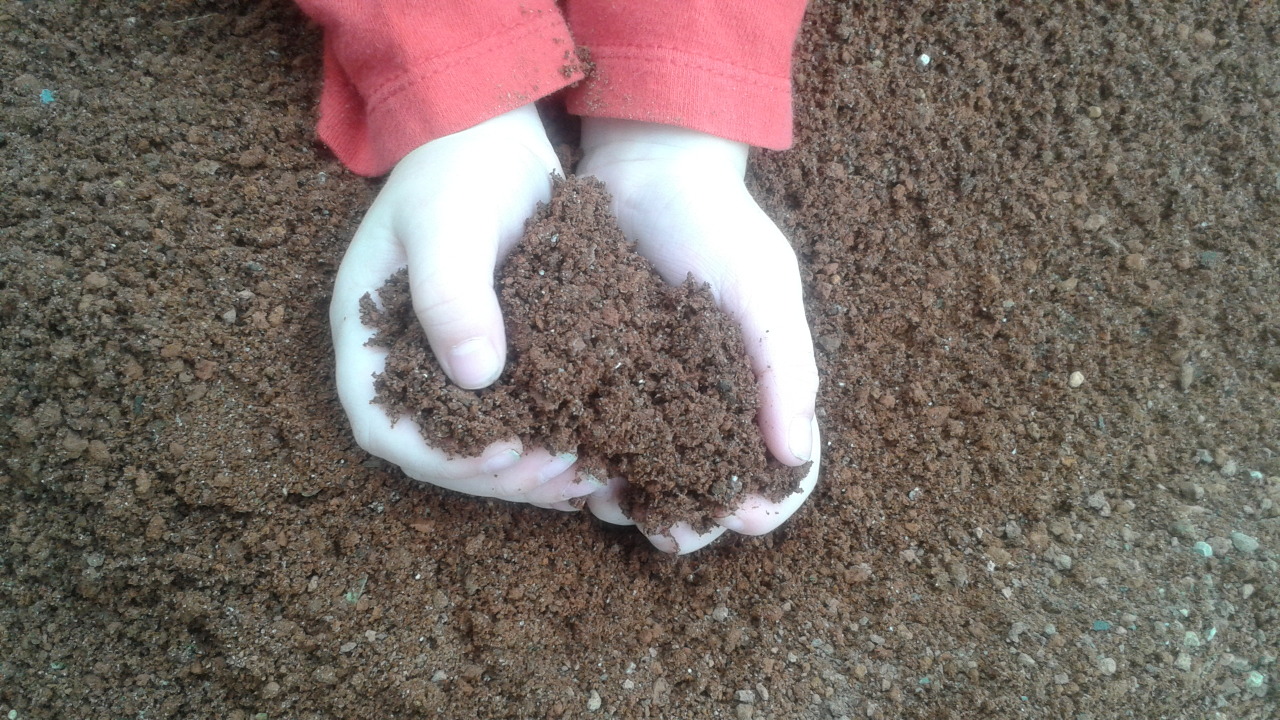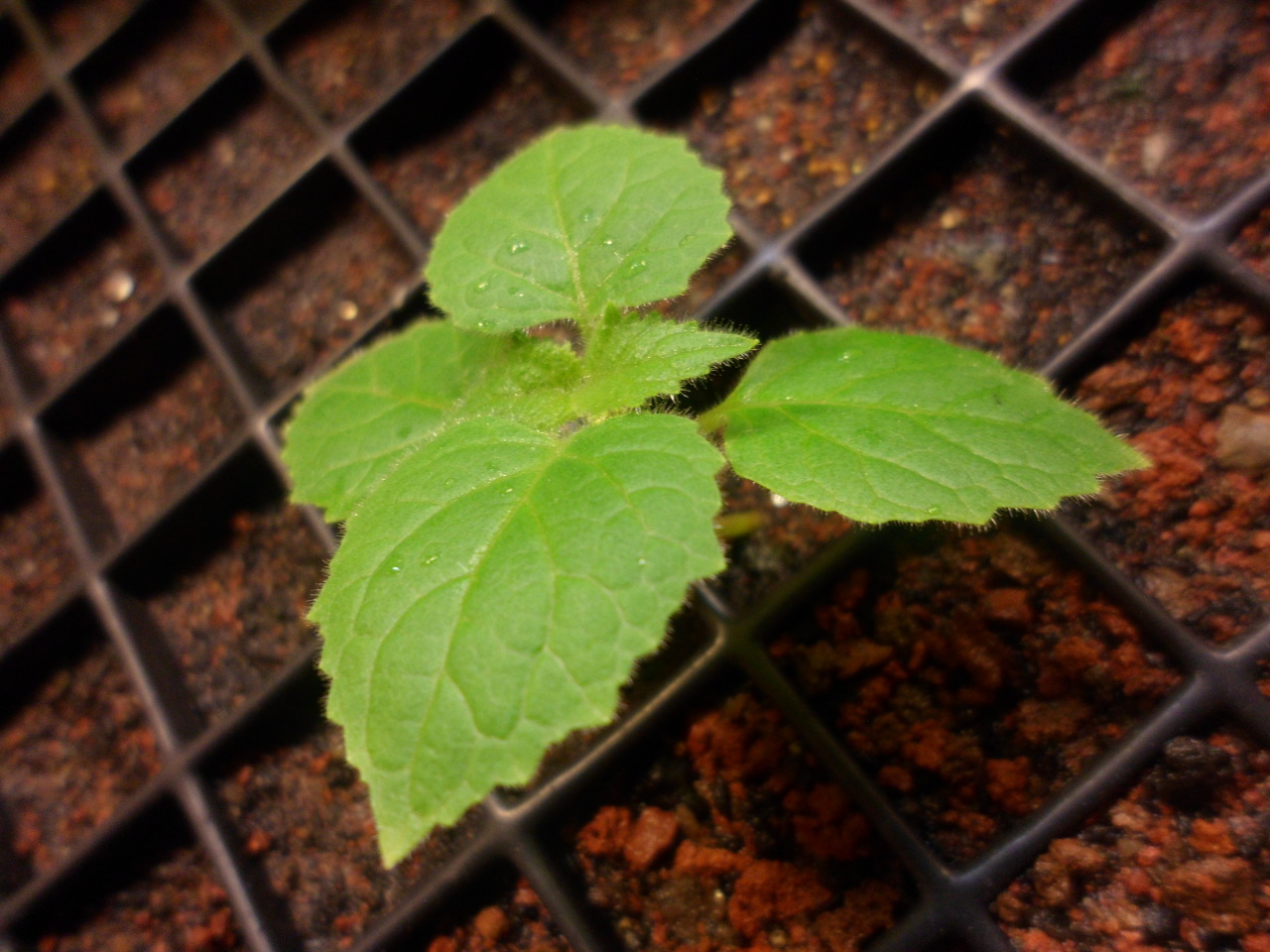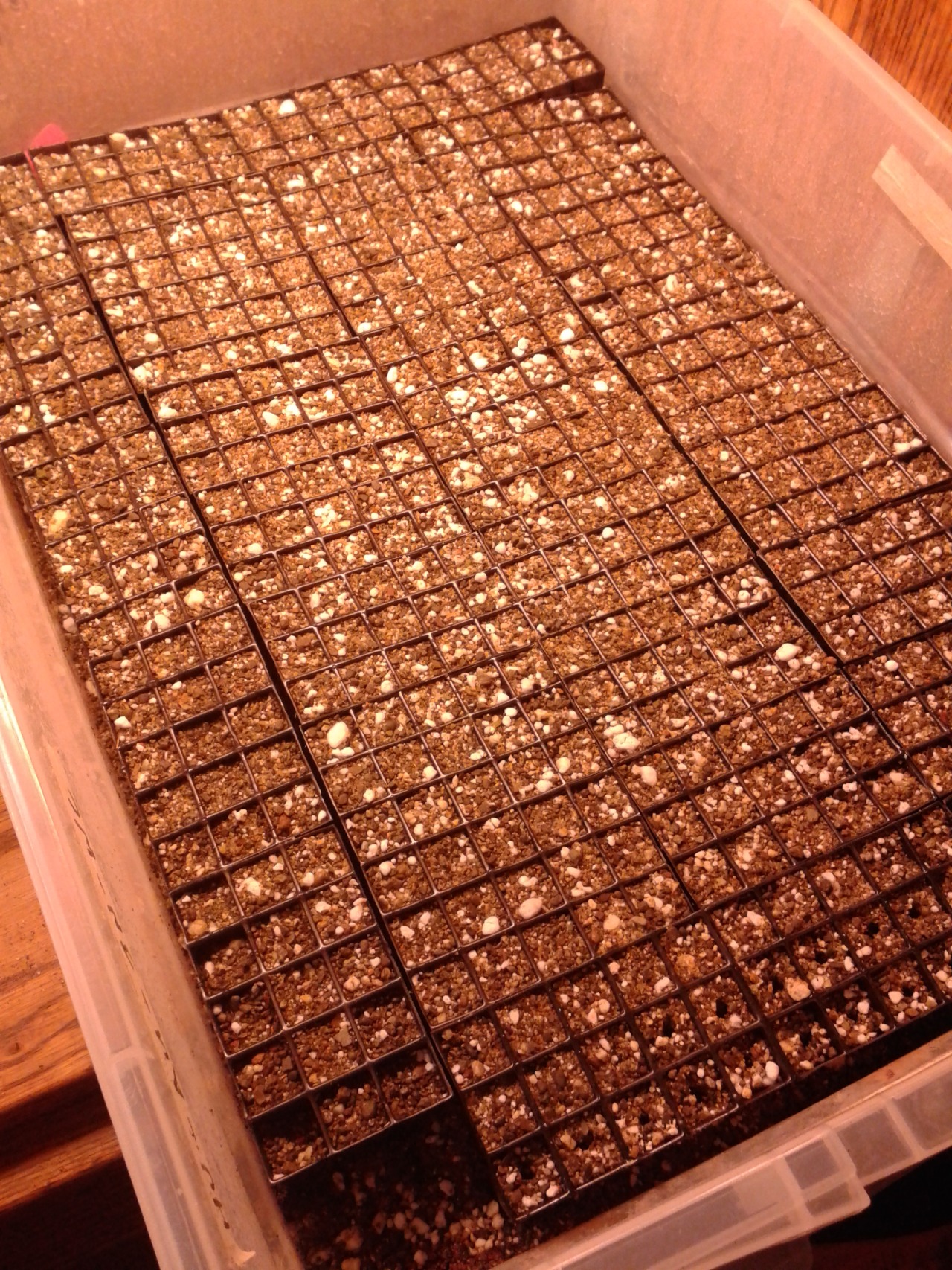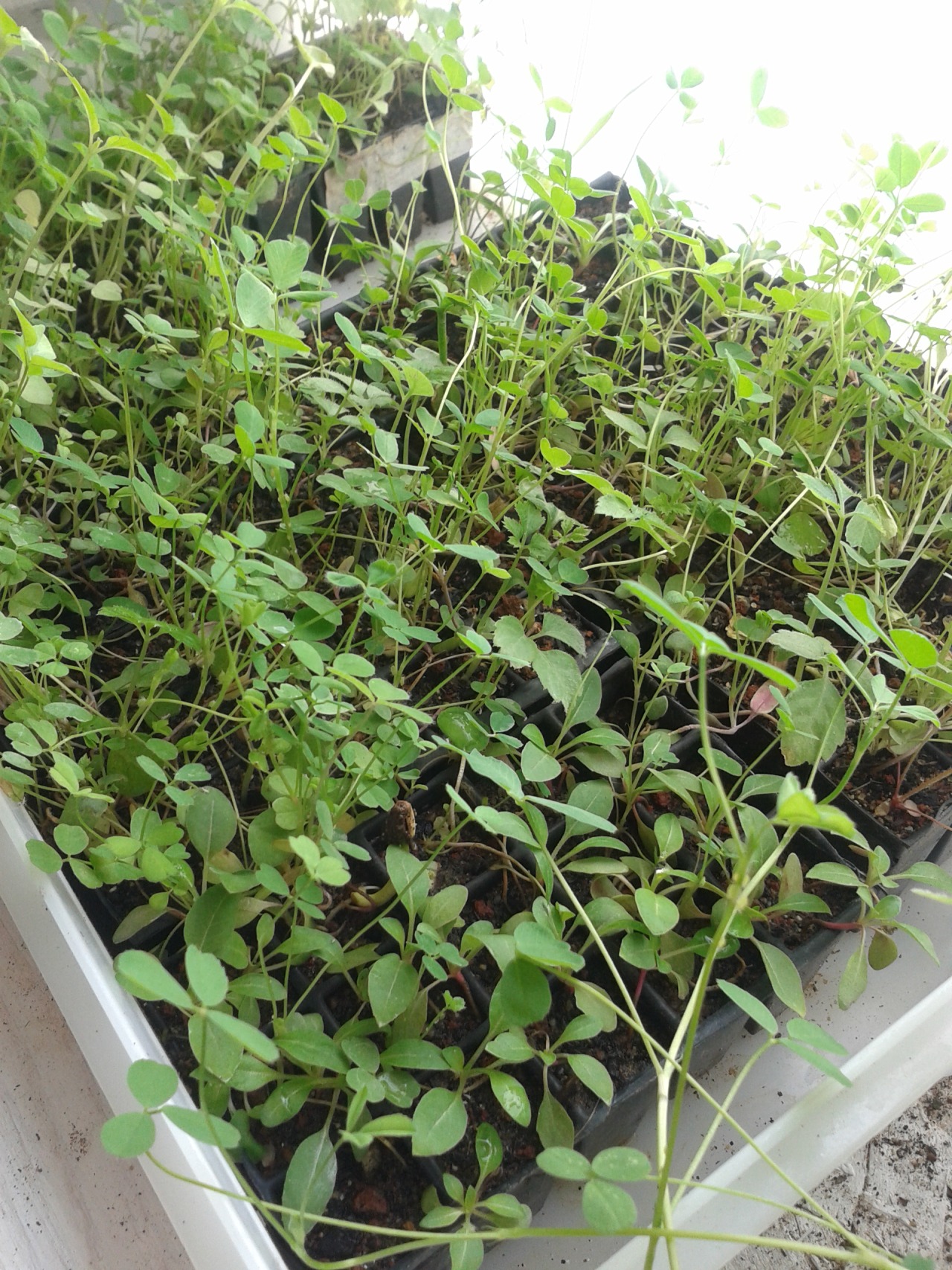All the silver plants have been growing slowly, which is normal for them. They are wild plants and generally originate in areas where resources are scarce so that the matrix of leaves generally doesn't develop until after the root system has established itself sufficiently to comfortably support long dry periods.
Spring is approaching which means it's time to get seeds and cuttings in the ground for the new season. This year we're using a completely inert mix for all cuttings and seeds which is composed of primarily red lava fines. The fines are pourus, so they hold nutrients well and the ultra complex surface structure of each individual element (like a grain of sand, except a tiny little lava rock) supports a lot of biological activity.
Bacteria and mycorhizae live on these tiny, near microscopic surfaces, under certain circumstances, which convert nutrients like nitrogen and potassium into more usable forms and which interact with the natural biological activities of the plants and the cells in the roots in order to support stronger more sustained growth. Run off from a system like this is actually improved each time it is cycled through the system. We discovered it here when the roses next to the seedling flats burst into bloom even though they didn't receive much sunlight and in fact have remained in bloom all winter long even though we haven't been doing much in that area since last summer.
Our current production is geared towards producing Paulownia seedlings, Black moso bamboo and silver decorative perennials. The paulownia seedlings are exciting because they have a lot of potential for farming in areas where water is scarce. They can be used to produce biomass energy, lumber, paper pulp and even livestock feed, although I suspect paulownia leaves could only be used for a portion of an animal's diet. Additionally, paulownia trees grow an extensive root system which is very effective at sequestering nutrients from deep in the soil, making it useful as a natural fertilizer production plant similar to comfrey.
We have acquired larger quantities of seeds for elongata, tomentosa and a variety of other strains from various locations for testing and development. There is some tremendous research being done with these trees in many areas of the world for various purposes related to reclaiming land, reducing erosion and producing value without high levels of inputs or resource consumption. Seedlings started now will be ready to plant out in the spring and with proper nutrient management, will also be ready for sale at that time.





No comments:
Post a Comment